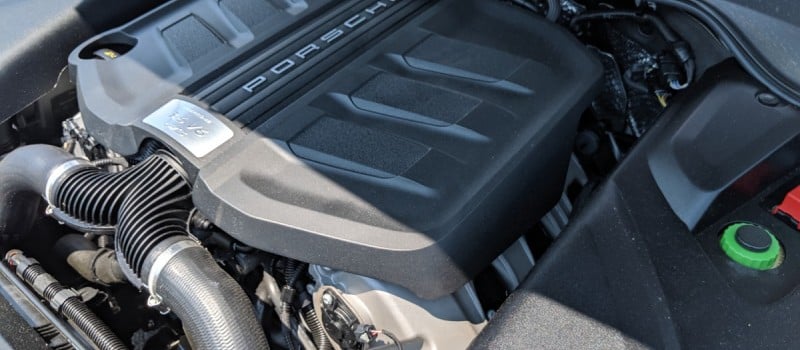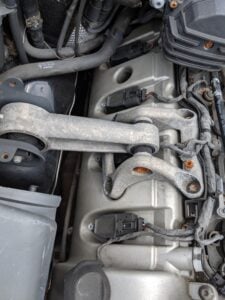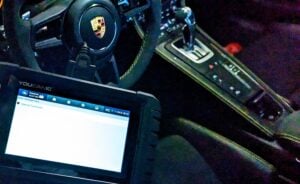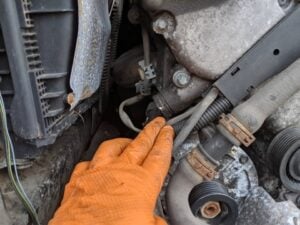10 Most Common Porsche Problems
The following guide will discuss the ten most common Porsche problems. In 1948, they gave us the 356; Porsche has been synonymous with sports cars and motorsport.
Do not let this fool you into thinking that build quality and reliability suffer at the expense of performance like other luxury brands (we are all looking at you, Ferrari). Porsche is known for believing that the only corners that should be cut are on the tarmac. Roughly 70% of all 911s ever built are still on the road, which is remarkable, with over 1 million units sold.
Unfortunately, for the ego of most die-hard Porsche enthusiasts like myself, no auto manufacturer is perfect. So, with the fanboy propaganda out of the way, let’s get into some of the common issues you can encounter if you dip your feet into the cult of Ferry Porsche.
Common Porsche problems with 2000+ models
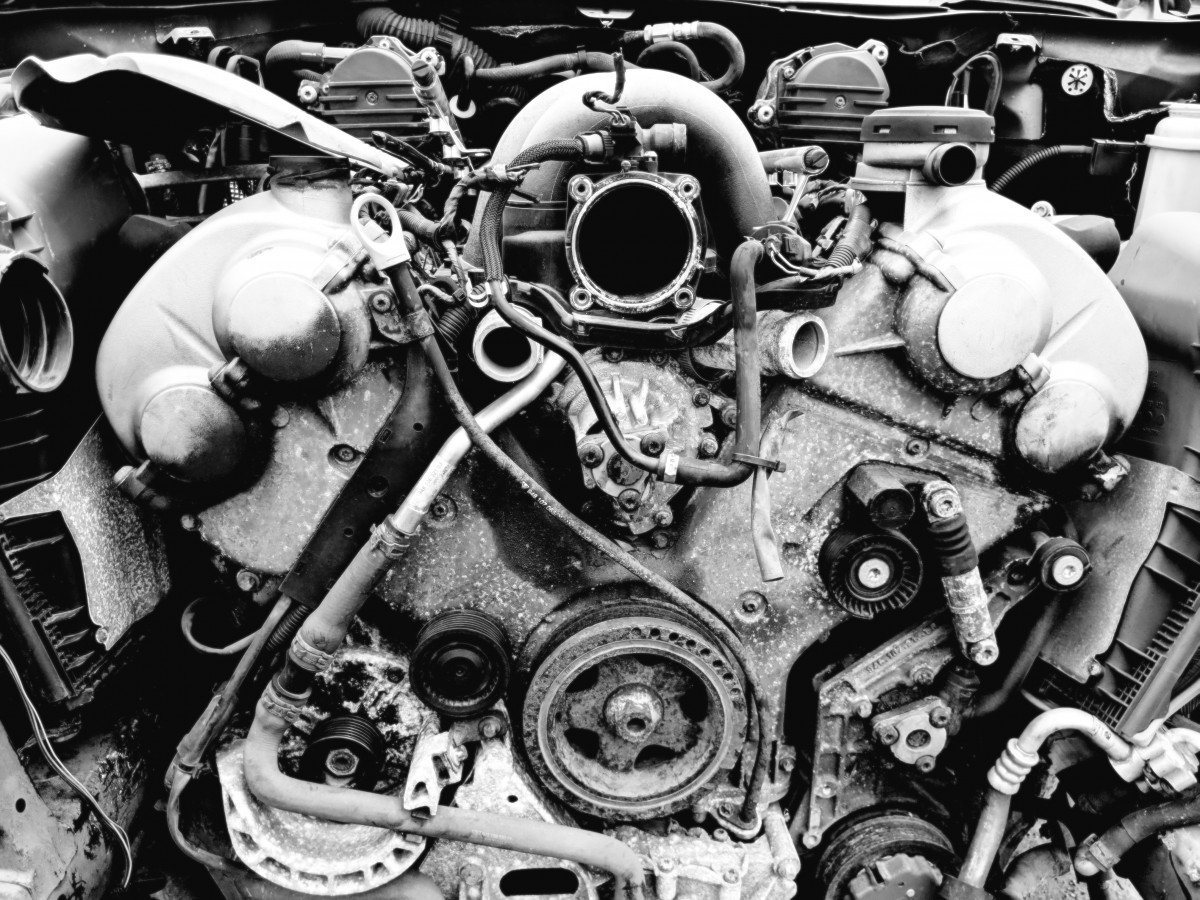
This article explains some of the most common problems Porsche owners are likely to face. The 911 (996) and Boxster (986) will be included as they were produced until 2005. The models covered here are a vast departure from the Porsches of yesteryear.
They are exclusively water-cooled and have a multitude of engine and drivetrain layouts. This also introduces SUVs and sedans with the Cayenne and Panamera. These cars share a majority of parts with their Volkswagen and Audi cousins.
So, here are some problems you can have with today’s Porsches.
1. Check engine light (CEL)

A CEL is common on any car from any manufacturer. Modern vehicles have hundreds of sensors and modules monitoring every aspect of the engine. If the system discovers a fault, the CEL is displayed on the instrument cluster.
These faults range from a minor vacuum leak to the car saying, “Remember that pothole you just hit? Now all your oil is on the freeway.” If you want to tackle the CEL yourself, I recommend Durametrics. Porsche diagnostic software is great for a shade tree mechanic or pro. If you own a Porsche, investing in a good Porsche OBD-II scanner is wise, even if you don’t plan on doing the repairs yourself.
2. Misfires
It will sometimes misfire if your car doesn’t plug into the wall. This can be caused by fuel or ignition failures. Spark plugs and ignition coils are worn items that must be replaced regularly and vary depending on the engine. When a misfire occurs, a CEL will be displayed; the car will run rough and feel underpowered. Fuel-related issues are harder to diagnose and typically cause the car not to run at all.
You must read the fault codes via the OBD-II port if you have a message. See this guide for help on how to read Porsche check engine codes.
3. Oil Separator
The Oil separators on 911 (996) and Boxster (986) have a high failure rate. It is a big plastic box that the engine pulls a vacuum through. Its function is to collect the excess oil in the system. When this happens, the car will typically smoke on startup or constantly.
4. Immobilizer
Sticking with the 996 and 986, the Boxster was exclusively a convertible until the Cayman (987) introduction, and Porsche sold a ton of drop-top 911s. The problem is the ignition immobilizer is located under the driver’s seat. Porsche must have never imagined that if water got into the cabin, it would pool under the seat and fry the module. It does because the car has no solid roof, and the rubber gets old.
5. Coolant Distribution Pipe
On Cayennes (9PA) and Panameras (970) fitted with the V8, the coolant distribution pipe has a notorious issue. It was originally made of plastic and would crack due to heat cycling. It runs from the back of the water pump under the intake manifold to the coolant distribution housing at the back of the engine. Porsche eventually updated the part to an all-aluminum construction. But even then, it has rubber O-rings and can still leak.
6. Fuel Smell In The Cabin
This was a common problem in early model Macans (95B). A factory defect normally causes it. The fuel pump cover under the back seat touches the top of the fuel pump housing and rubs a hole, letting fuel vapor into the cabin. Porsche recalled these cars to fix it, but not all cars make it on recall, so check service histories.
7. Air Suspension
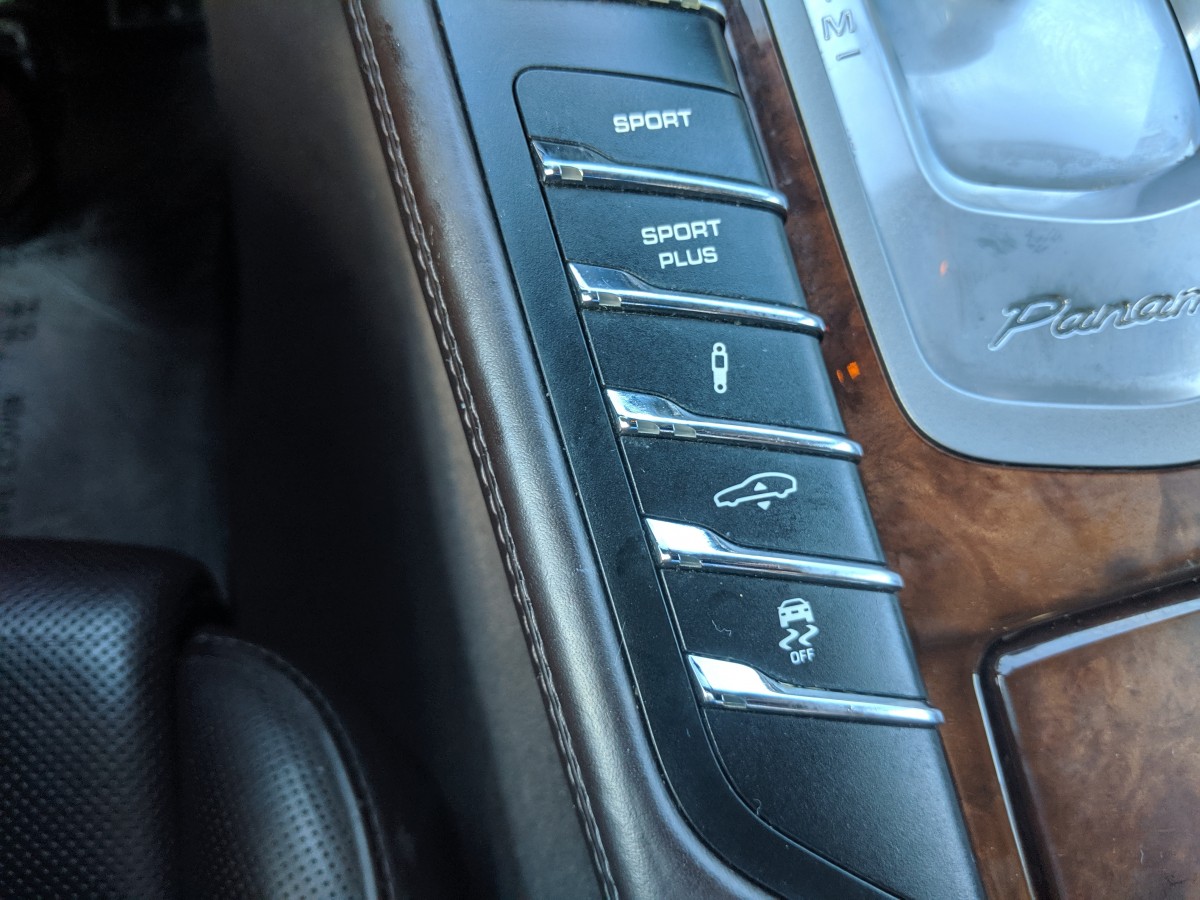
Having air suspension on your vehicle is great until it breaks. This is a costly fix as shocks leak, the pump wears out, and the valve blocks stick. Each one of those parts is a thousand dollars to replace easily. Be wary of suspension warnings on the dash; they will kick you where it hurts: in the wallet.
8. PDK Failure
The Porsche PDK dual-clutch transmission will amaze you with its strength and reliability in every car except the 970. The reason the clutches wear out is disputed in Porsche circles. Some say it’s the weight of the car. Some say it’s the way they’re driven. If you own a first-generation Panamera, this can be frightening as replacements are more than $10,000, and the clutches are not serviceable.
Common Porsche problems for pre-2000 models
For the uninitiated who didn’t know, before 1998, almost all Porsche sports cars were fitted with rear-mounted, horizontally opposed air-cooled engines. A few exceptions were being the 928, 944, and 924; these all had front-mounted water-cooled power units. Air-cooled engines are incredibly reliable for the most part, but technological advances made them obsolete.
Here are a few common issues you can come across.
No Start: Approximately a million things can cause a car not to start in modern times. Luckily for you, this is not the case with air-cooled Porsches. As a Professional Porsche technician, I can say that 9 out of 10 times, if your classic 911 doesn’t start, it is fuel-related.
Most of these cars have ancient Bosch mechanical fuel injection that is extremely sensitive. Everything is controlled by fuel pressure, and any deviation will cause issues. This normally comes down to either the fuel accumulator or the warm-up regulator.
Starting with the fuel accumulator, this is a metal canister about the size of a soda can with two ports on top and one on the bottom. This is located on the left side of the engine compartment in line with the fuel filter.
The top 2 ports allow fuel to flow in and out, while the bottom port pulls a vacuum on a diaphragm inside. The rubber diaphragm is used to create a fuel reservoir; if this ruptures, it can cause the car not to start. This can easily be diagnosed by removing the bottom line on the accumulator; if any fuel comes out, it is broken.
The warm-up regulator is a small aluminum box with two fuel ports, a vacuum, and an electrical plug. This is used to regulate the fuel flow through the system. If the regulator becomes clogged, the fuel pressure will spike, forcing the throttle plate closed and strangling the engine. This will normally cause the car to start briefly and quickly cut off.
This can be tested by removing the tank return line from the regulator and sticking it in a fuel-safe container. Then, you can check it by starting the car; if it continues to run, the regulator is clogged. Keep a fire extinguisher on hand and be very cautious doing this test, as it is extremely dangerous to have open fuel around a running engine.
Troubleshooting your Porsche
One good example of a multi-system scanner is the YOUCANIC Full Systems Scanner. This scanner can read and clear fault codes from all the systems in your Porsche. It can also perform bi-directional tests, maintenance and repair resets, etc.
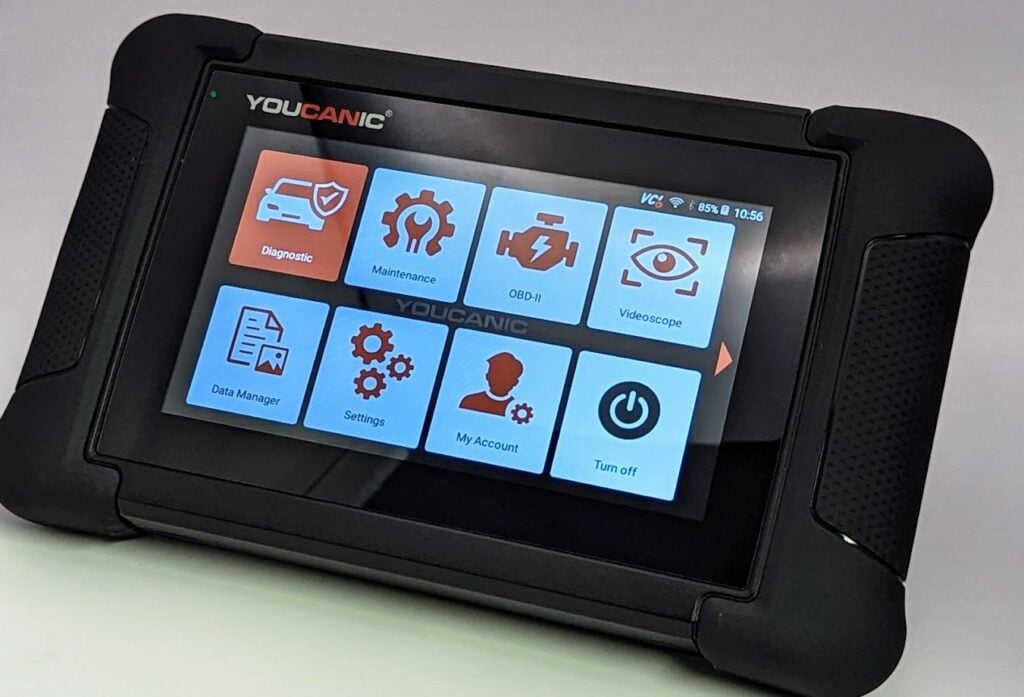
Final Thoughts
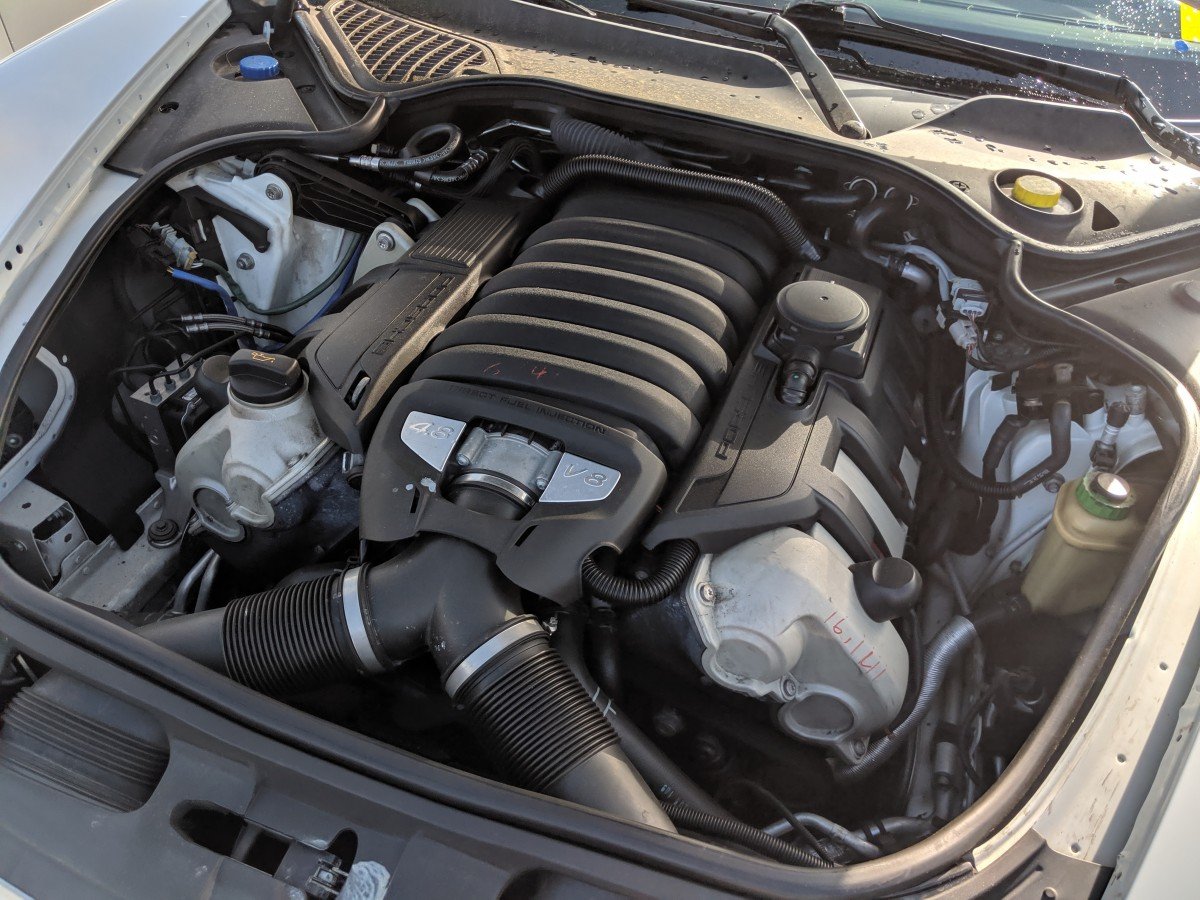
Don’t let these issues scare you away from buying a Porsche. By any metric that they are judged, they have set the standard. Sure, they have some faults, but on the whole, Porsche cars are among the most reliable and well-built vehicles on the market.
Every model has a thriving community, from the 356 guys who can’t stop talking about the war to new money YouTube stars, so you can always find a home.
The real question here is whether Porsches are reliable or whether you are ready to join the cult.
We hope you find the 10 Most Common Porsche Problems guide helpful. Check these troubleshooting and repair guides for more help on your Porsche.

